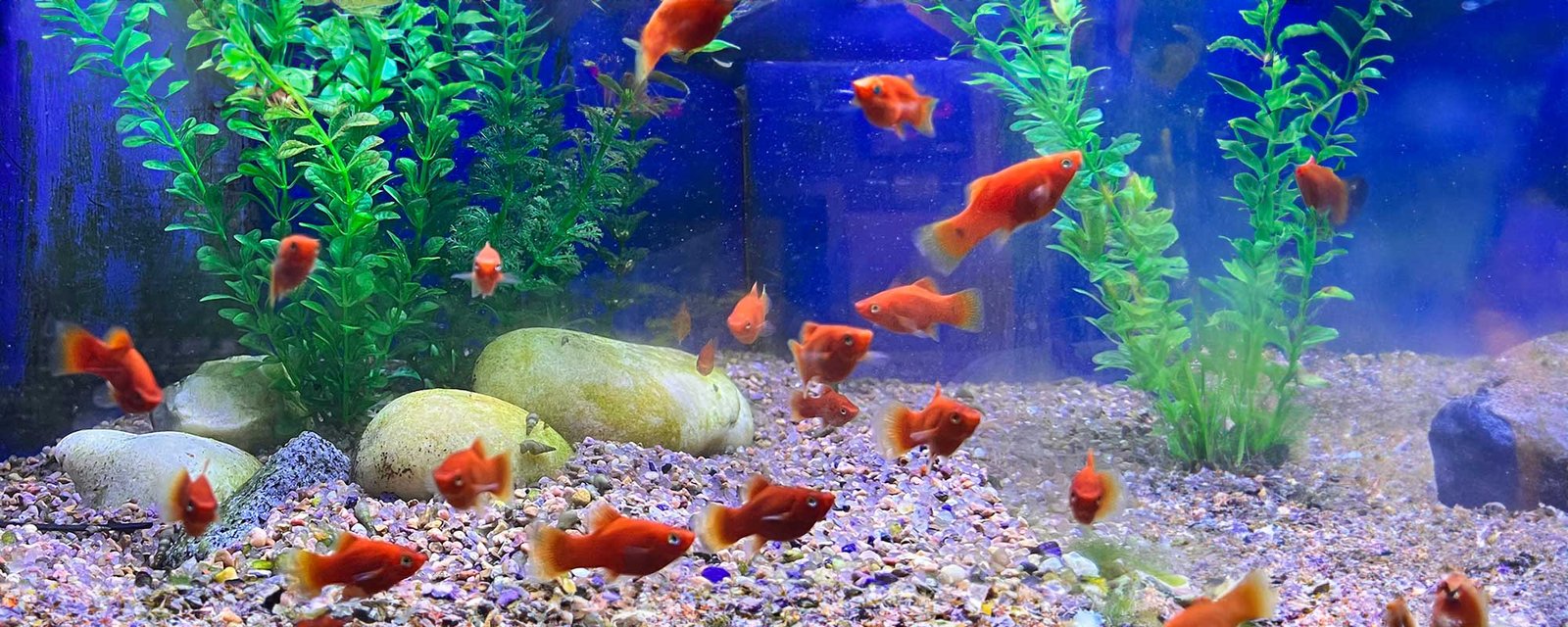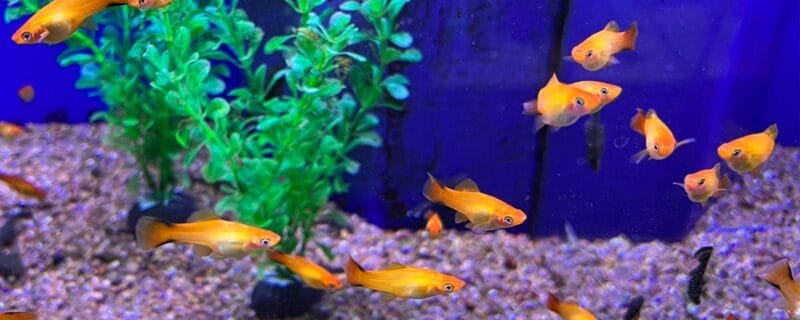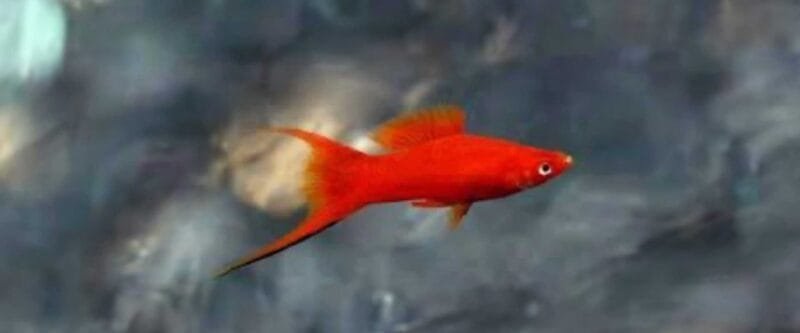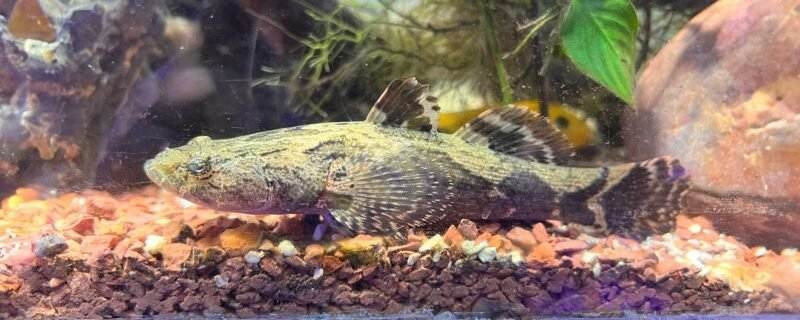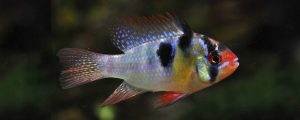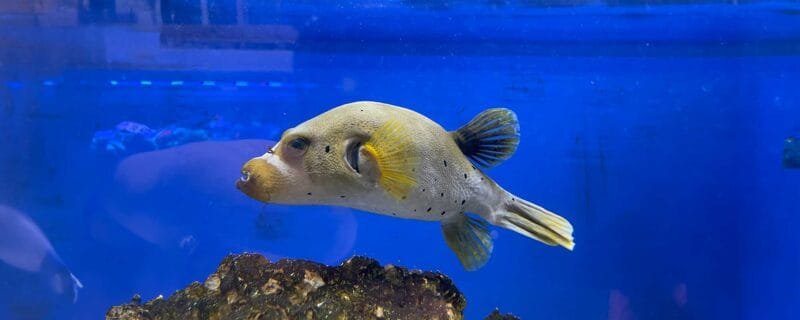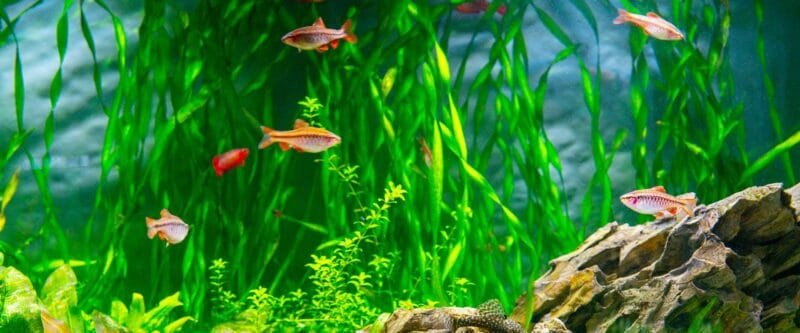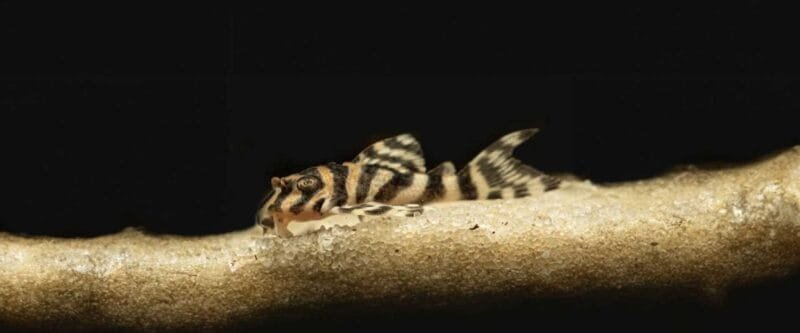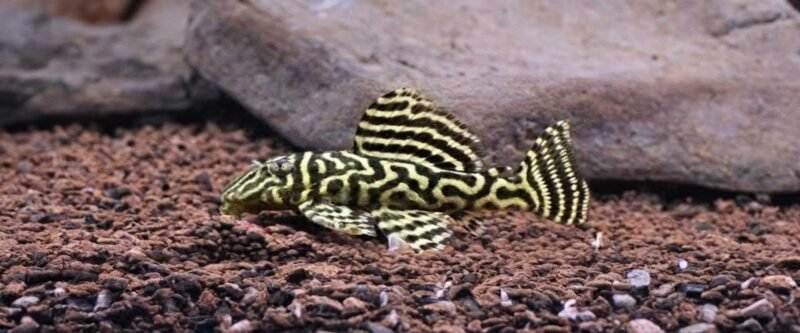Introduction
Red Platies: The Vibrant Freshwater Delight
Red Platies are a burst of color in the freshwater aquarium world. Their vibrant hues and active nature make them a favorite among aquarists of all levels. Let’s dive into the fascinating world of the Red Platy.
Latin Name
The scientific name for the Red Platy is Xiphophorus maculatus. This name reflects its vibrant coloration and unique body shape.
Native To
Red Platies hail from Central America, specifically regions like Guatemala, Honduras, and Mexico. They naturally inhabit warm bodies of water with silty bottoms and vegetation, such as ditches, canals, springs, and marshes.
Size
Typically, Red Platies grow to a size of about 2-3 inches. Their compact size makes them suitable for a variety of aquarium sizes.
Diet
Being omnivores, Red Platies have a varied diet. In the wild, they feed on small insects, algae, and aquatic plants. In an aquarium setting, they thrive on high-quality flake foods, live or frozen foods like brine shrimp and daphnia, and even vegetables such as cucumbers and spinach.
Sexing
Sexing Red Platies is relatively straightforward. Males are generally smaller than females and possess a pointed anal fin known as the gonopodium. Females, on the other hand, have a fan-shaped anal fin and are often rounder due to their breeding nature.
Breeding
Red Platies are livebearers, meaning they give birth to live fry rather than laying eggs. Breeding them is relatively easy, and females can give birth to a brood of 10 to 40 fry every four to six weeks.
Water Conditions
Red Platies prefer water temperatures ranging from 64 to 78°F (18 to 26°C), with a pH level of 7.0 to 8.0. They thrive in water hardness levels of 10 to 28 dGH.
Ease of Care
Red Platies are considered easy to care for, making them an excellent choice for novice aquarists. They are hardy fish and can adapt to a variety of water conditions.
Community Tank Compatibility
Being peaceful by nature, Red Platies are excellent candidates for community tanks. They get along well with other non-aggressive fish such as mollies, guppies, swordtails, and tetras.
Species Variations
While the Red Platy is popular, there are several other color variations and patterns available, such as the sunset, comet, tuxedo, and rainbow platy. Each variety brings its own unique charm to the aquarium.
Conclusion
Red Platies, with their vibrant colors and peaceful nature, are a true delight in the freshwater aquarium world. Whether you’re just starting out or are an experienced aquarist, these fish promise to add a splash of color and life to your tank. As always, ensure you provide them with the right environment and care to see them thrive and flourish.

